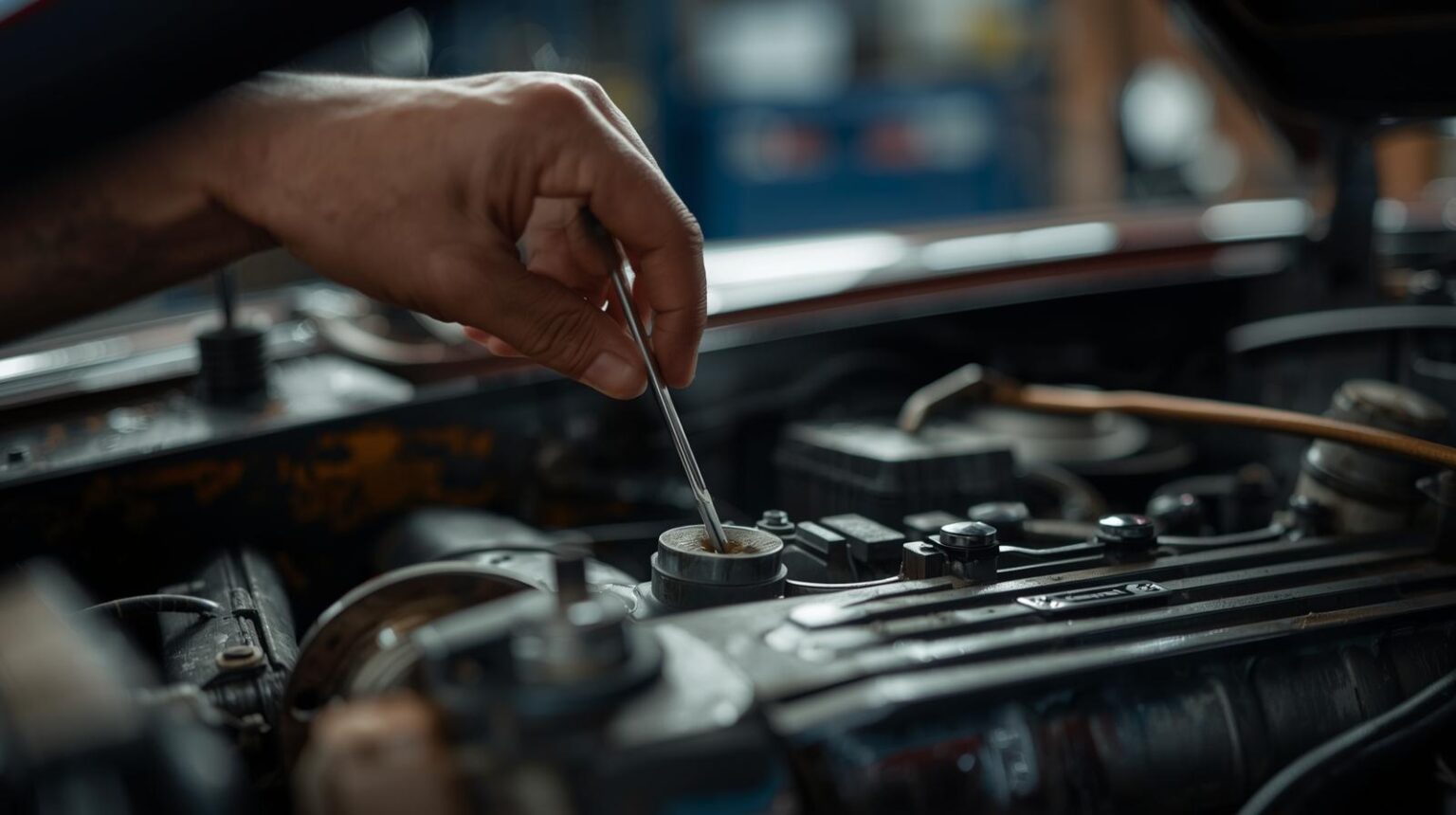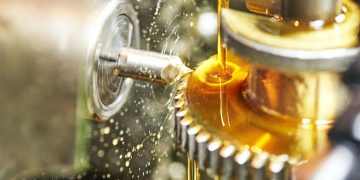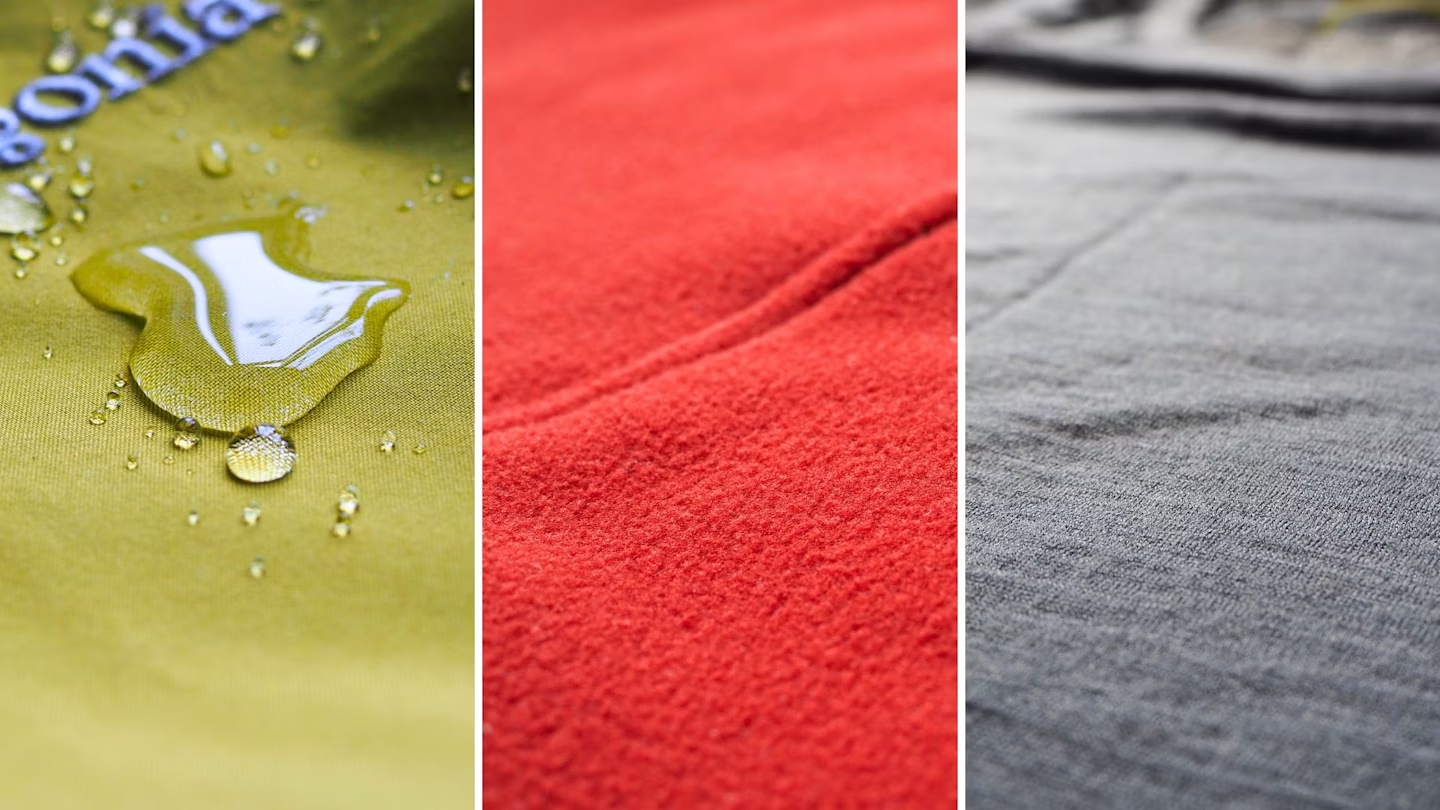When it comes to maintaining your equipment—whether it’s bicycles, machinery, or even watches—gears play a crucial role in ensuring smooth operation. Yet, gear maintenance is often overlooked, despite its essential impact on performance and longevity. In this article, we’ll dive deep into the world of gear maintenance, explore why it’s important, and provide expert tips to keep your gears running like new.
1. Understanding the Role of Gears
Gears are mechanical devices that transmit motion and torque between machine components. They’re used in countless applications, from the drivetrain of bicycles and cars to industrial machinery and even in wristwatches. Understanding how gears work is fundamental to maintaining them. A gear’s primary function is to reduce or increase rotational speed while simultaneously changing the direction of motion. There are different types of gears, such as spur gears, bevel gears, helical gears, and worm gears, each designed for specific tasks and offering unique advantages.
2. The Importance of Regular Gear Maintenance
Neglecting gear maintenance can lead to a host of problems, including:
- Increased Wear and Tear: Over time, gears experience friction. Without proper lubrication and regular inspections, this friction accelerates wear, leading to inefficiency and potential failure.
- Noise and Vibration: Worn-out or improperly aligned gears tend to make noise, which is not just annoying but often a sign of deeper issues.
- Decreased Performance: Gears that aren’t maintained properly lead to inefficient energy transfer, affecting overall system performance—be it in a car engine, a bicycle, or heavy machinery.
- Expensive Repairs: Replacing gears can be costly. Regular maintenance helps catch issues early, saving both time and money in the long run.
3. Essential Gear Maintenance Tasks
To keep your gears in optimal condition, there are several key maintenance tasks you should incorporate into your routine:
3.1 Lubrication
One of the most important aspects of gear maintenance is lubrication. Lubricants reduce friction between gear teeth, preventing them from wearing out prematurely. The type of lubricant you use depends on the application:
- Grease is typically used for slow-moving, heavy-duty gears.
- Oil is preferred for high-speed, light-duty gears.
For bicycles, a chain-specific lubricant is recommended, while industrial machinery might require high-performance oils with additives designed to handle heavy loads.
3.2 Inspection
Regularly inspecting your gears helps identify signs of wear, such as chipped teeth or signs of overheating. Here’s what to look for during an inspection:
- Tooth Condition: Check for missing teeth, cracks, or signs of excessive wear.
- Alignment: Ensure the gears are properly aligned with each other. Misalignment can cause uneven wear and cause the gear to fail prematurely.
- Wear Patterns: In industrial settings, look for abnormal wear patterns that might indicate issues with load distribution or lubrication problems.

3.3 Cleaning
Dust, dirt, and debris can build up on gears over time, causing them to wear down faster. Cleaning the gears with the appropriate solvent removes this buildup and keeps the teeth in good condition. For bikes, cleaning the chain and sprockets is essential. In machinery, blowing off dust or using a degreaser for more thorough cleaning helps.
3.4 Tightening and Adjusting
Loose or improperly tensioned gears can lead to poor performance and even breakage. Regularly check and tighten gear bolts and adjust tension where necessary. For example, in bicycles, ensuring the derailleur is properly aligned and that the gears shift smoothly is vital for longevity.
3.5 Replace Worn Gears
Gears, like all mechanical parts, have a lifespan. If the wear is too severe, replacing the gears may be the only option. Common signs that gears need replacement include:
- Excessive play or movement in the gear teeth
- Grinding sounds during operation
- Inability to shift smoothly (in bicycles and cars)
4. Special Gear Maintenance Considerations
Depending on the type of gear and its use, maintenance practices may vary. Let’s explore some specific examples:
4.1 Bicycle Gears
Bicycles are one of the most common types of gear-driven equipment, and maintaining your bike’s gears can significantly enhance its performance. Here are some bike-specific maintenance tips:
- Clean your drivetrain regularly to prevent dirt and grime from building up on the chain, cassette, and derailleurs.
- Lubricate the chain to ensure smooth shifting and prevent rusting.
- Check for wear on the cassette and chainrings. Over time, the teeth on these components can wear down, leading to poor shifting performance.
4.2 Automotive Gears
Automobile gears are typically found in the transmission system. These require special care, as they handle high torque and can experience extreme temperatures. Here are key considerations:
- Transmission Fluid: Keep an eye on your transmission fluid levels. Low fluid can cause gears to grind or even fail.
- Clutch Maintenance: In manual transmissions, the clutch plays a critical role in engaging and disengaging gears. Make sure to check the clutch fluid and replace the clutch if it starts to slip.
- Gearbox Inspections: A periodic gearbox inspection helps prevent costly repairs by identifying issues like fluid leaks or worn-out gears early.
4.3 Industrial Gears
Industrial gears, found in machinery and manufacturing equipment, operate under intense pressure. Proper maintenance of these gears is essential to avoid downtime and production delays. Here’s what to consider:
- Monitor Operating Temperature: High temperatures can cause lubrication breakdown. Make sure that gearboxes have proper cooling systems in place.
- Regular Inspections: Check for metal fatigue, corrosion, or misalignment regularly. Also, ensure that gearboxes are cleaned and that seals are intact.
- Vibration Monitoring: Use vibration sensors to detect imbalances or misalignments that could lead to gear failure.
4.4 Wristwatch Gears
Believe it or not, gears are also present in mechanical watches. These tiny gears require meticulous maintenance to ensure the accuracy and longevity of your timepiece. Professional watchmakers often perform:
- Lubrication of gear movements to ensure smooth timekeeping.
- Cleaning the internal movements to remove dust, which can impact the gears’ performance.
- Regulation to adjust the movement’s accuracy over time.
5. Common Gear Problems and How to Fix Them
Despite regular maintenance, gear systems may still face issues. Here are some of the most common problems and how to address them:

5.1 Gear Slipping
This happens when the gear fails to stay engaged, often due to worn teeth or insufficient lubrication. To fix it:
- Replace any worn-out parts.
- Check and tighten any loose components.
5.2 Grinding Gears
Grinding is often a sign that the gear teeth are damaged or misaligned. To resolve it:
- Inspect the gears for wear and replace them if needed.
- Re-align misaligned gears and check for issues with the transmission system.
5.3 Excessive Vibration
Excessive vibration could indicate worn or unbalanced gears. To fix it:
- Rebalance the gears if necessary.
- Inspect the gearbox and replace any damaged components.
6. Gear Maintenance Myths
There are several misconceptions about gear maintenance that can lead to suboptimal performance. Let’s debunk some common myths:
Myth 1: “Gears Don’t Need Maintenance Until They Break”
Fact: Regular maintenance ensures that gears perform at their best and prevents breakdowns, saving you money in the long run.
Myth 2: “Lubricating Gears Too Much is Harmful”
Fact: Over-lubricating gears is rarely a problem unless the lubricant is of poor quality. A good-quality lubricant ensures smooth operation and reduces wear.
Myth 3: “All Gears Are the Same”
Fact: Different types of gears (e.g., bevel, helical, spur) require different maintenance practices. Understanding the type of gear you’re working with is crucial to effective maintenance.
7. The Future of Gear Maintenance
As technology advances, so does the approach to gear maintenance. Innovations in artificial intelligence (AI), machine learning, and IoT (Internet of Things) are enabling predictive maintenance. Sensors embedded in gear systems can now alert operators to issues before they cause serious damage, revolutionizing how industries approach gear maintenance.
8. Conclusion
Proper gear maintenance is more than just an afterthought; it’s a critical component of keeping machinery, bicycles, and other gear-driven devices running smoothly. By following a regular maintenance routine, including lubrication, inspection, and replacement of worn-out parts, you can significantly extend the lifespan of your gears and avoid costly repairs. Whether you’re maintaining a high-performance bike, an industrial machine, or even a luxury watch, gear maintenance is key to ensuring optimal performance and efficiency.























